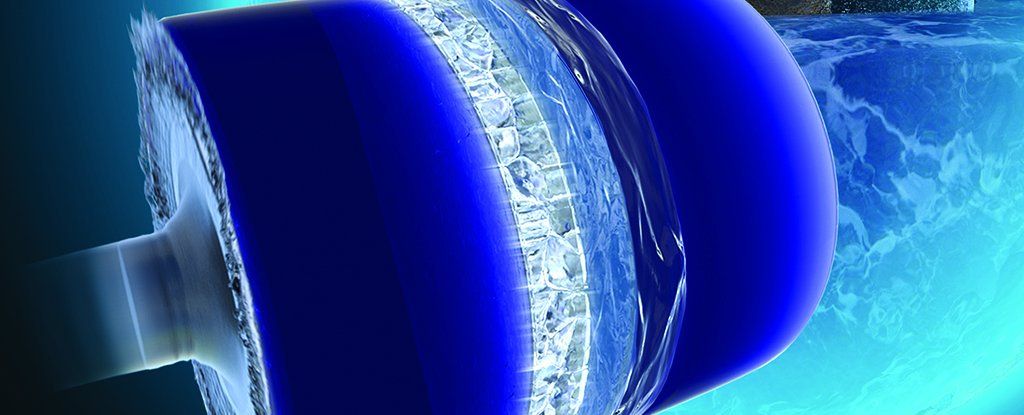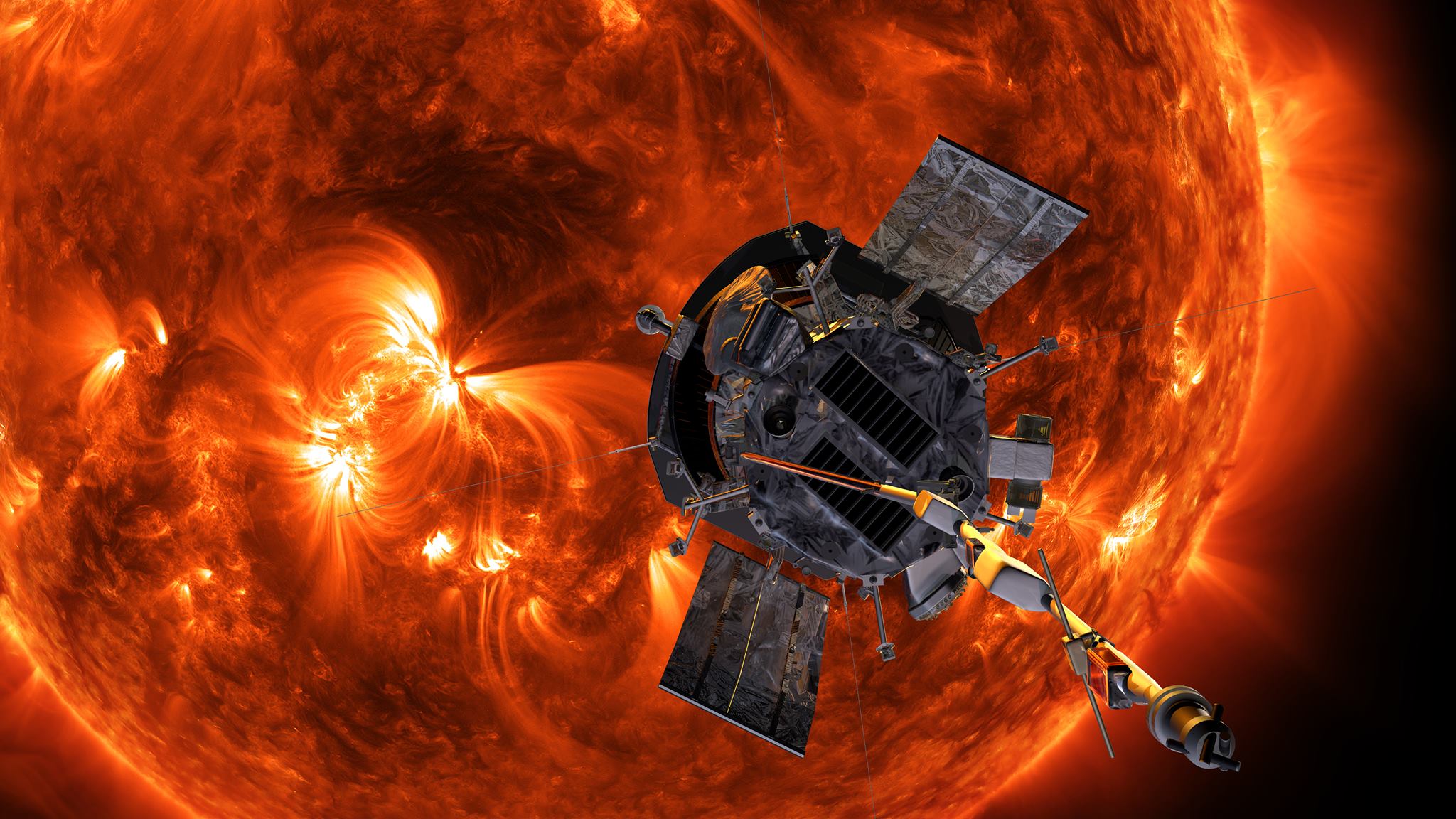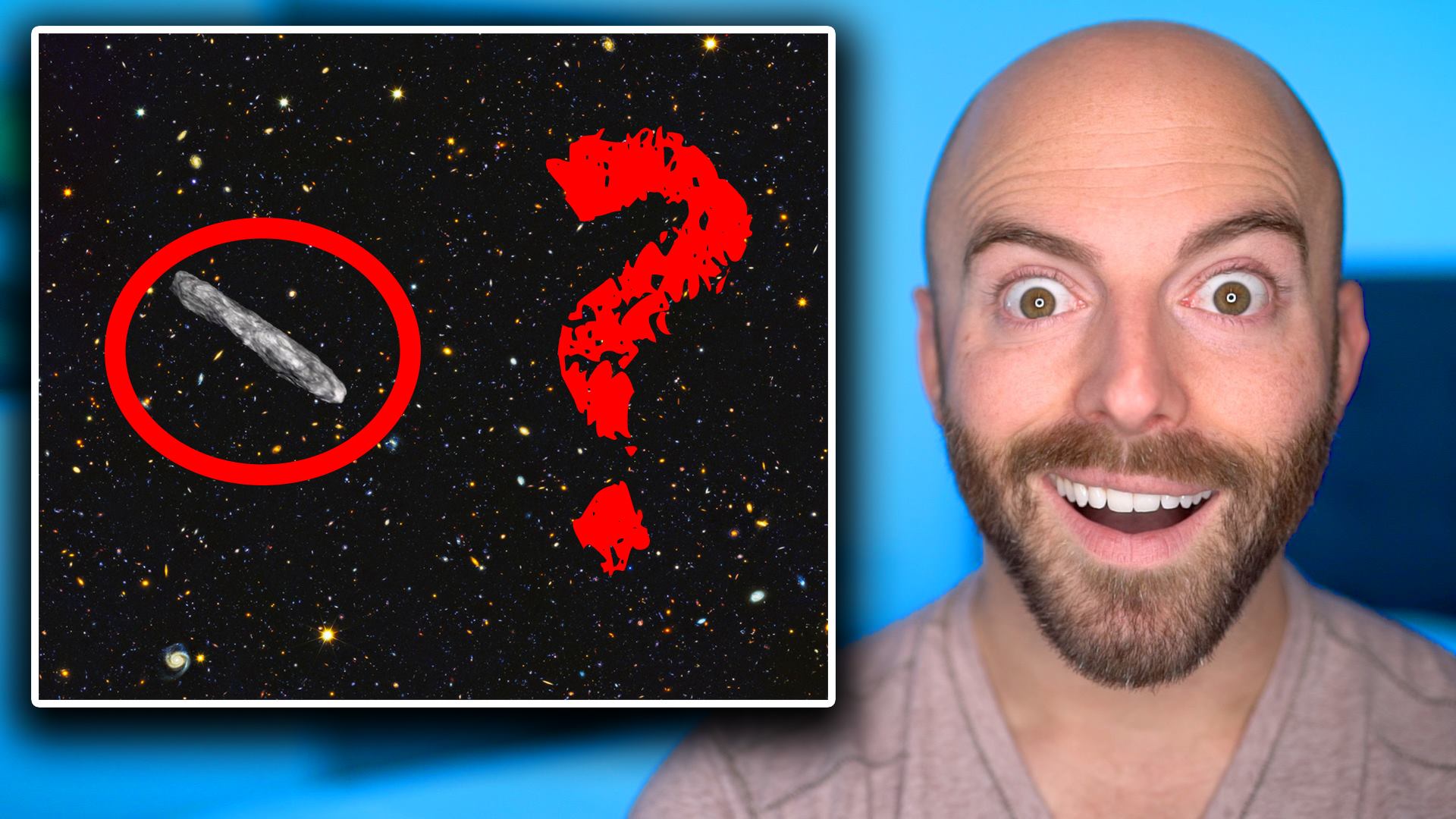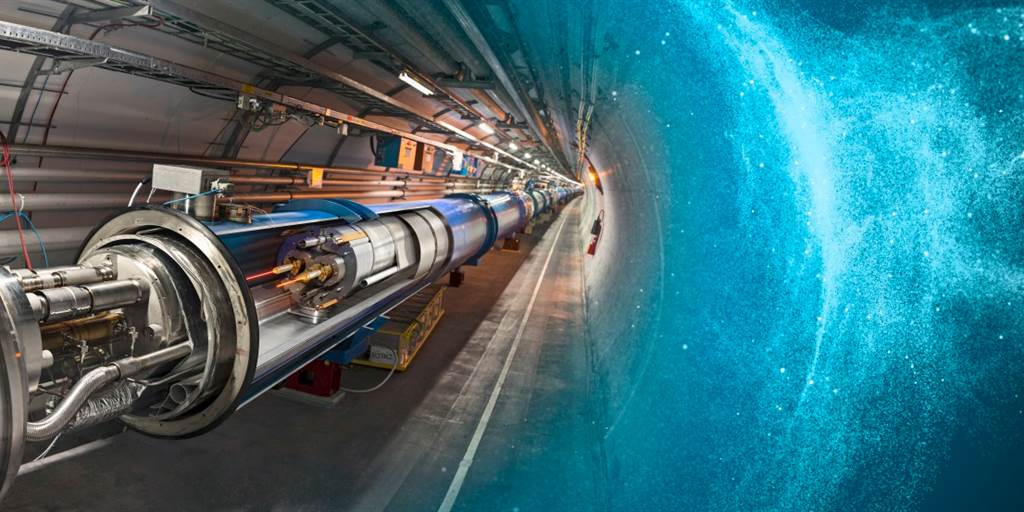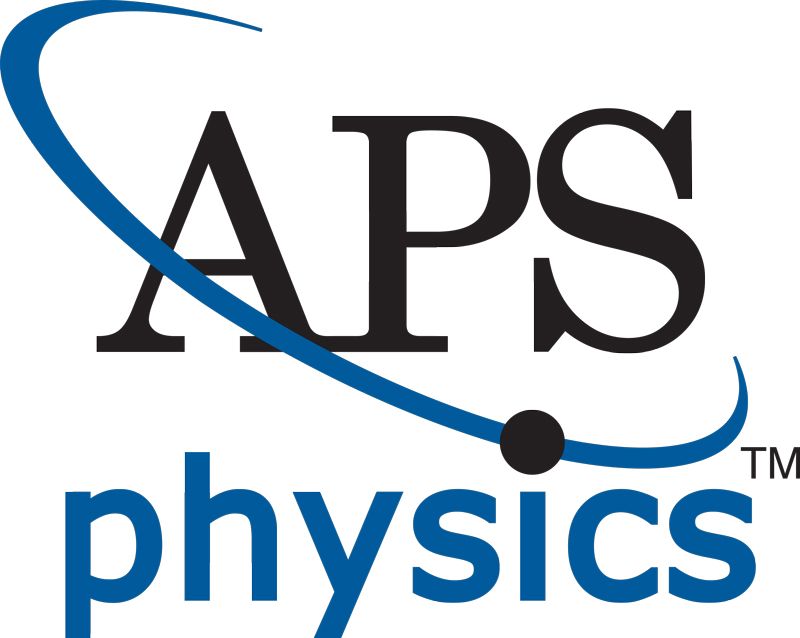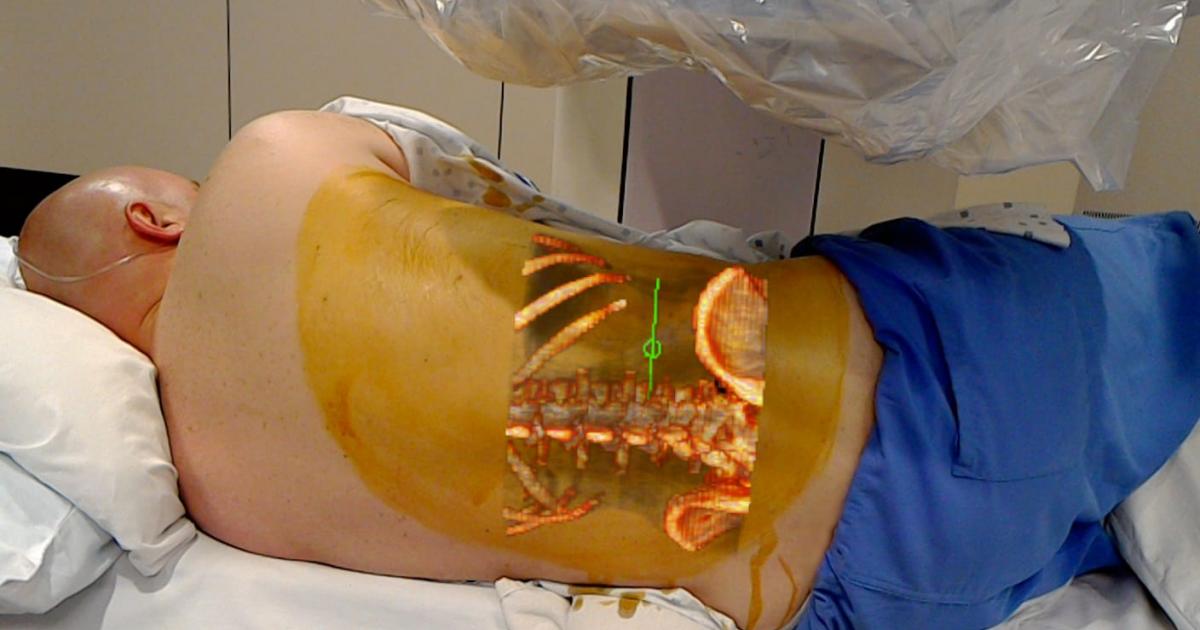If a recent project using Google’s DeepMind were a recipe, you would take a pair of AI systems, images of animals, and a whole lot of computing power. Mix it all together, and you’ d get a series of imagined animals dream ed up by one of the AIs. A look through the research paper about the project—or this open Google Folder of images it produced—will likely lead you to agree that the results are a mix of impressive and downright eerie.
But t he eerie factor doesn’t mean the project shouldn’t be considered a success and a step forward for future uses of AI.
From GAN To BigGAN

